There is a tendency nowadays to accord China’s military a certain amount of implicit superiority in the far western Pacific Ocean. This includes the East and South China Seas, and especially in the Taiwan Strait.
China’s new emphasis on projecting maritime power puts considerable pressure on the United States when it comes to maintaining its supremacy in the Pacific Ocean. But where and how might China possess a military advantage over the United States?
In the first place, it is true that the People’s Liberation Army Navy (PLAN) has an undeniable numerical superiority in several types of platforms. The PLAN possesses 50 frigates (including nearly 40 very modern Type-054A frigates), 70 corvettes, and more than 80 modern Houbei-class patrol boats (a stealthy, high-speed catamaran bristling with anti-ship cruise missiles). In addition, the PLAN operates at least 50 modern attack submarines, including nine nuclear boats.
In comparison, smaller-sized forces in the U.S. Navy in the Pacific consist of only 24 attack submarines, 13 Littoral Combat Ships (LCS), and no frigates. For its part, too, the LCS has been heavily criticized as too small and too lightly armed to fight in naval battles.
Moreover, the Chinese possess around 1,500 modern land-based combat aircraft—approximately 1,300 fighters operated by the PLA Air Force and 200 by the PLAN Air Force. Consequently, the PLA could conceivably surge and swarm its forces to overwhelm the U.S. Navy.
Aircraft and anti-ship missiles based onshore could also attack U.S. Navy vessels, particularly utilizing anti-ship ballistic missiles (such as the DF-21D) and nascent hypersonic weapons—so-called “carrier-killer” munitions expressly intended to take out U.S. aircraft carriers.
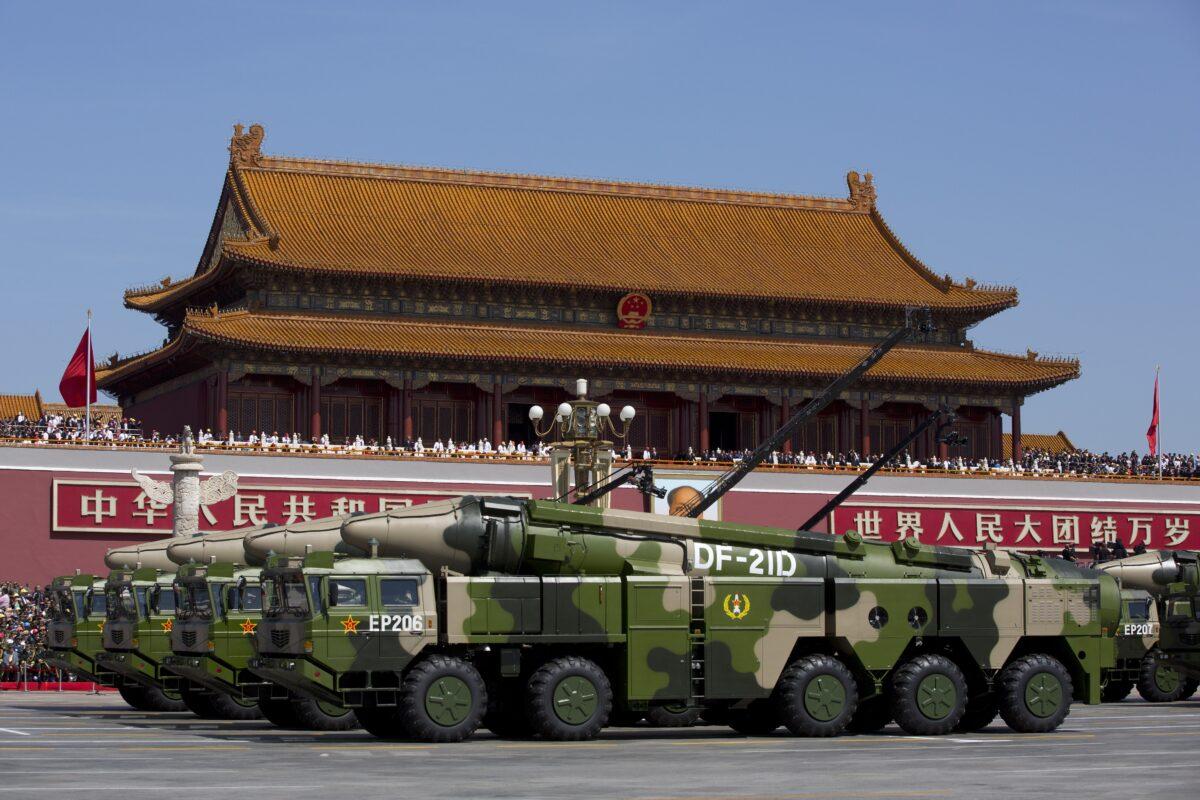
In stark contrast, the U.S. Navy suffers from the centuries-old challenge of the “tyranny of distance.” It can take up to three weeks for U.S. naval forces to steam from ports on the west coast to the South China Sea. This is not much faster than it was for U.S. warships during World War II.
Ships based in Hawaii could take up to 16 days to reach this area. Even Guam—one of the United States’ most westerly territories and the site of a considerable buildup of U.S. military forces—is still 1,700 miles from the South China Sea, a three- to five-day journey away.
At this point, things look pretty bleak for U.S. forces. It is important, however, to note that the United States has plenty of arrows in its quiver as well.
In the first place, while the PLAN dominates in smaller warships, the U.S. Navy has a huge advantage in large surface combatants. Just in the U.S. Pacific Fleet, there are five nuclear-powered aircraft carriers, each equipped with around 75 combat aircraft. In addition, the U.S. Navy deploys four flat-deck amphibious assault vessels to the Pacific, each capable of acting as a mini-aircraft carrier (flying F-35s off its deck).
In comparison, the PLAN currently operates only two much smaller carriers, each capable of launching at most two dozen fighter jets.
At the same time, U.S. forces are almost certainly better-trained, better-led, and more experienced. The U.S. Navy has nearly 100 years of experience in operating aircraft carriers, and it has perfected the art of the carrier strike group. Morale, logistics, and intelligence—all intangibles, to be sure, and hard to measure—are probably nonetheless higher in U.S. forces than in China.
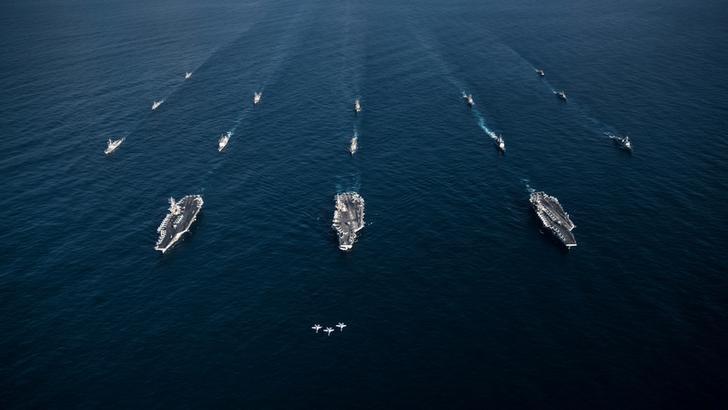
Add in their respective air forces and an anti-Chinese coalition could comprise thousands of fighter jets, as well as bombers, ground-attack aircraft, maritime patrol aircraft, spy planes, air-to-air refueling aircraft, and so on. This could more than level the playing field with China.
Of course, a comprehensive net assessment of the U.S. and Chinese military power is beyond the scope of a short piece like this. However, it suffices to say that while China does have some military advantages, the United States still possesses its own strengths—the most important of which, perhaps, is the ability to draw on regional allies and partners.
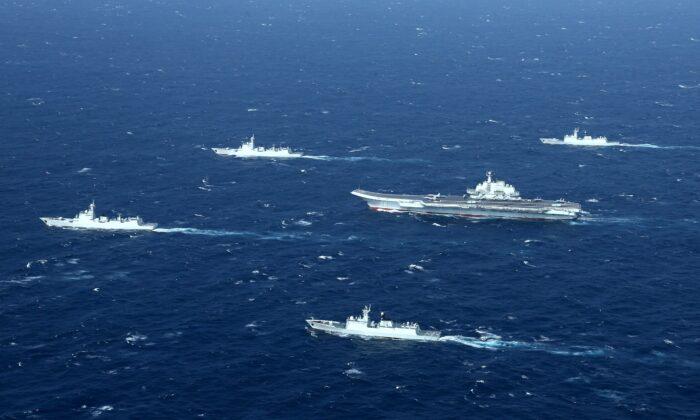

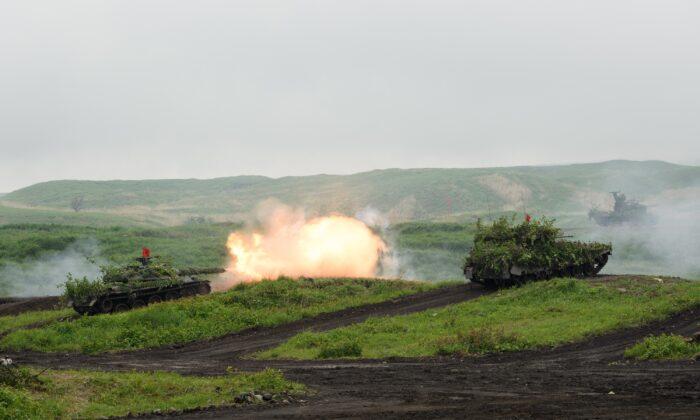
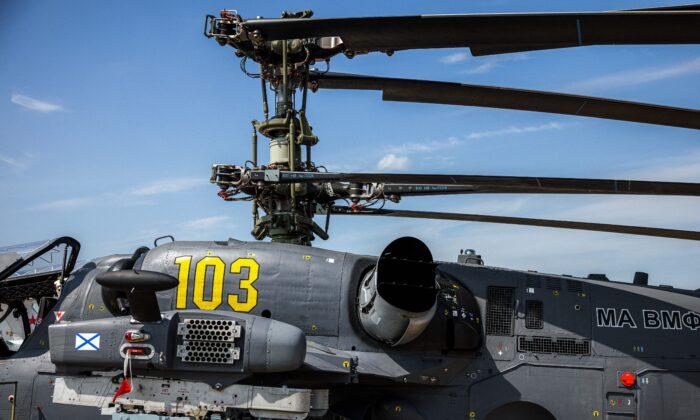
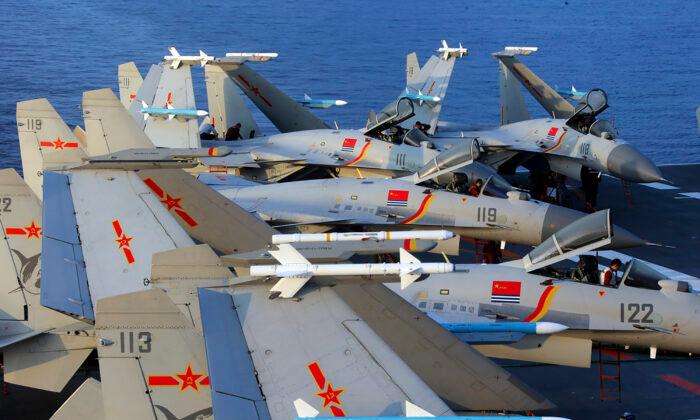
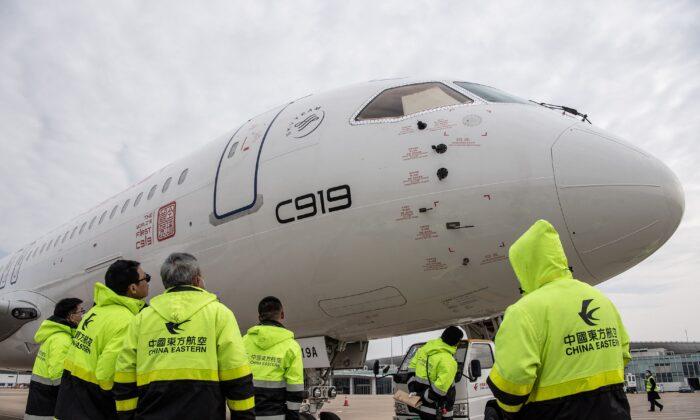
Friends Read Free